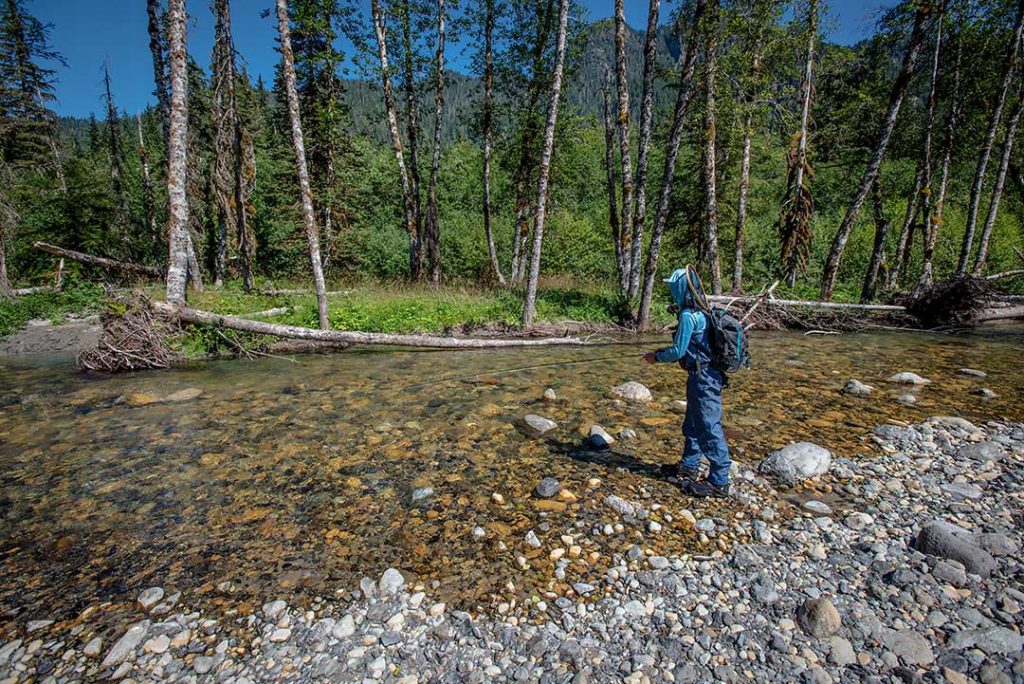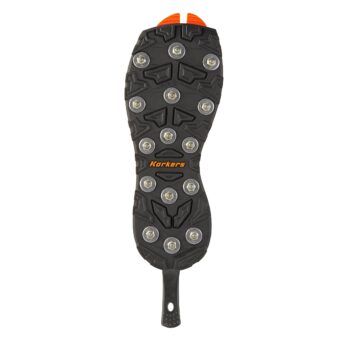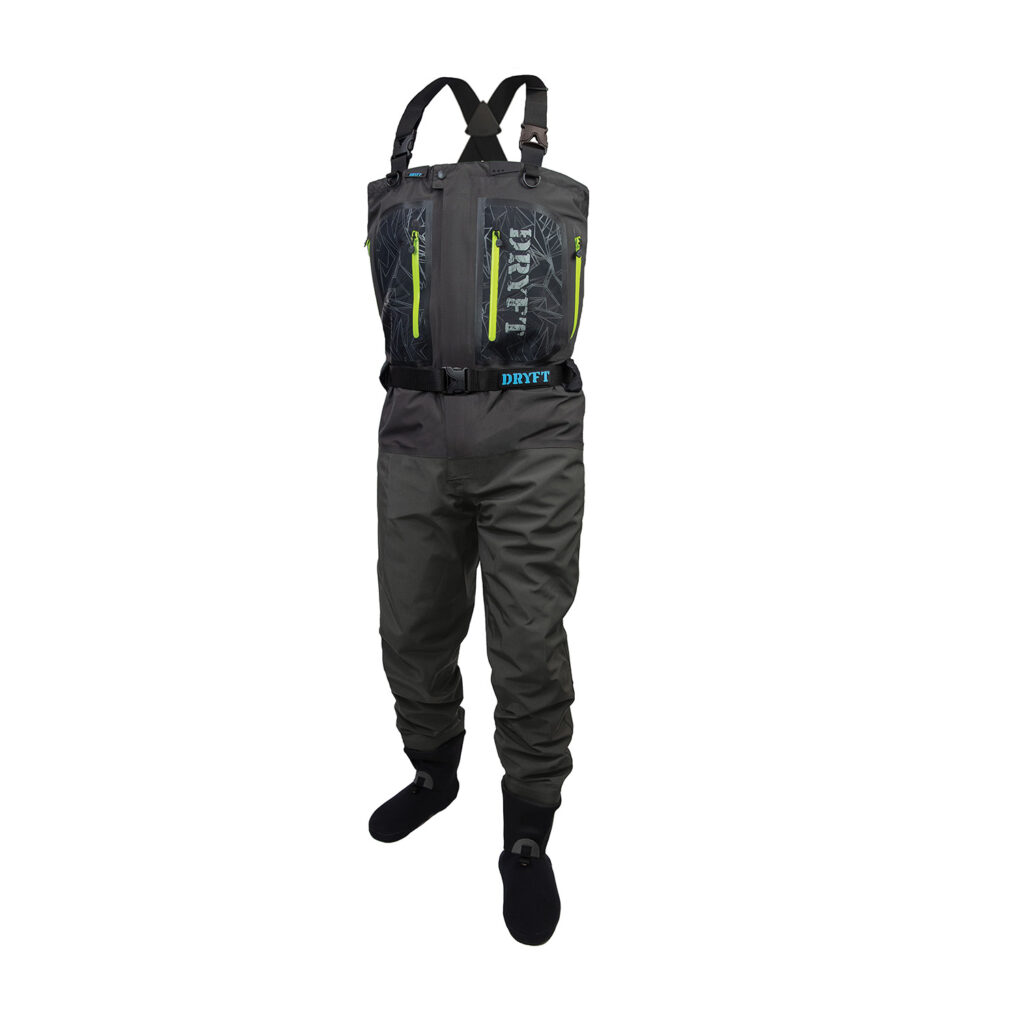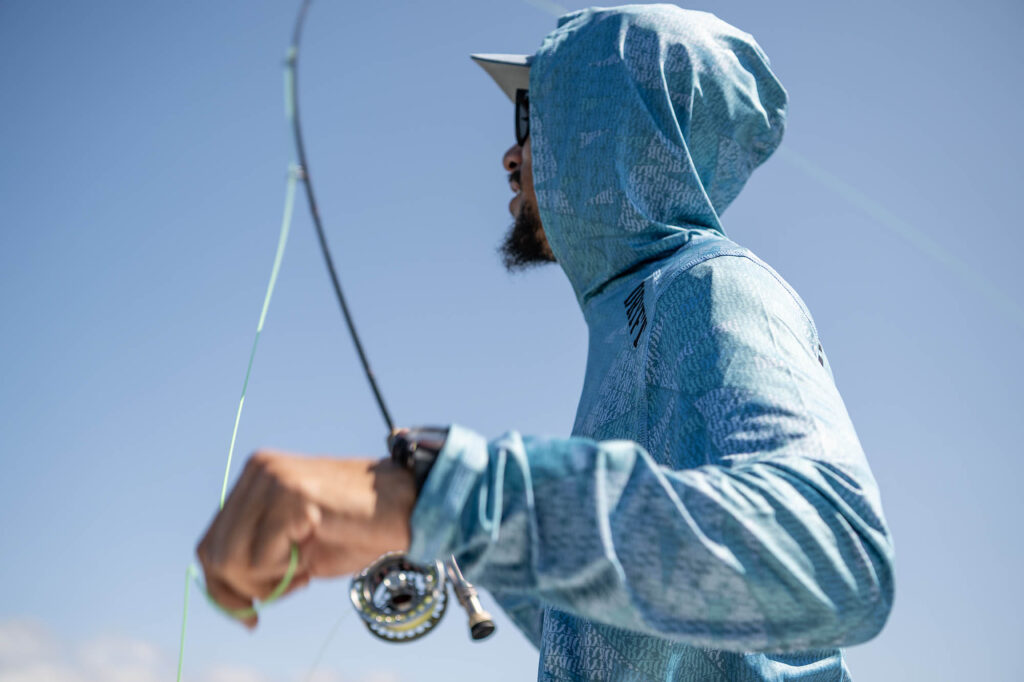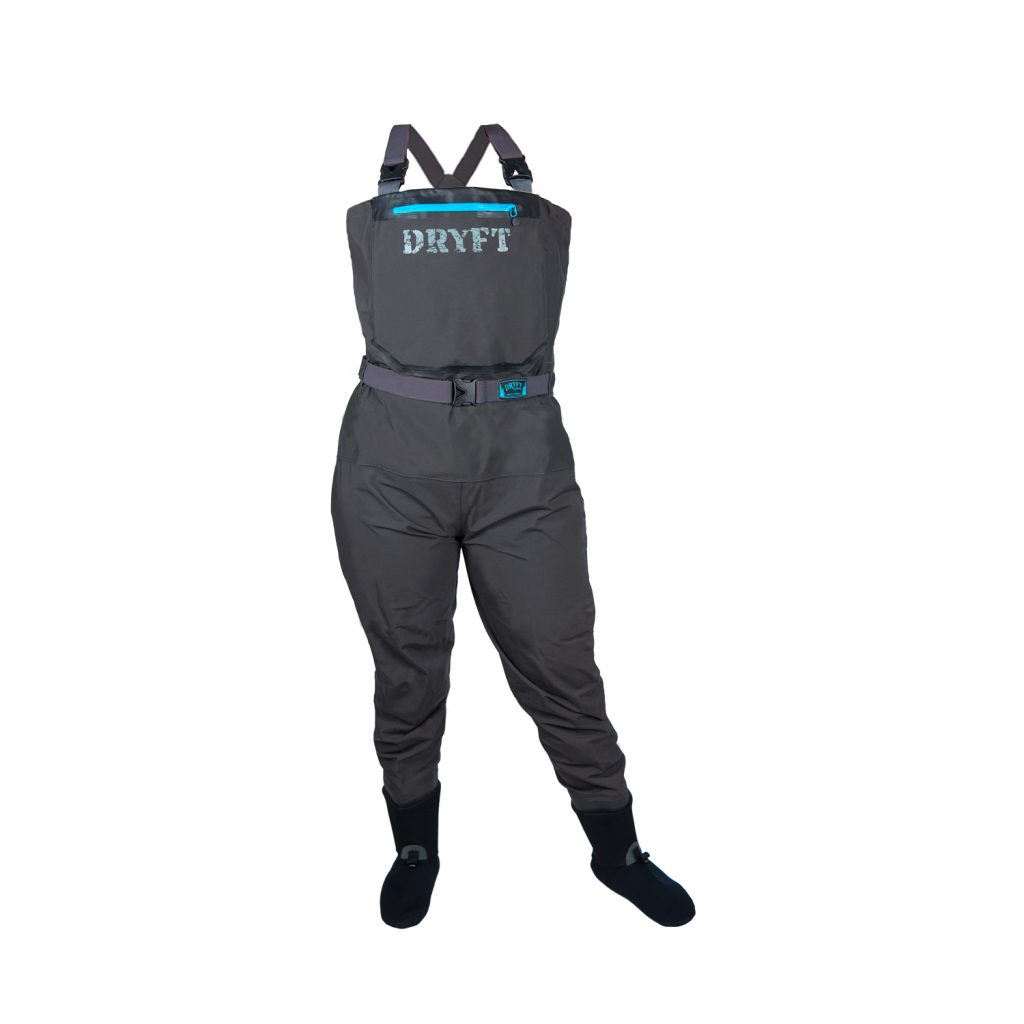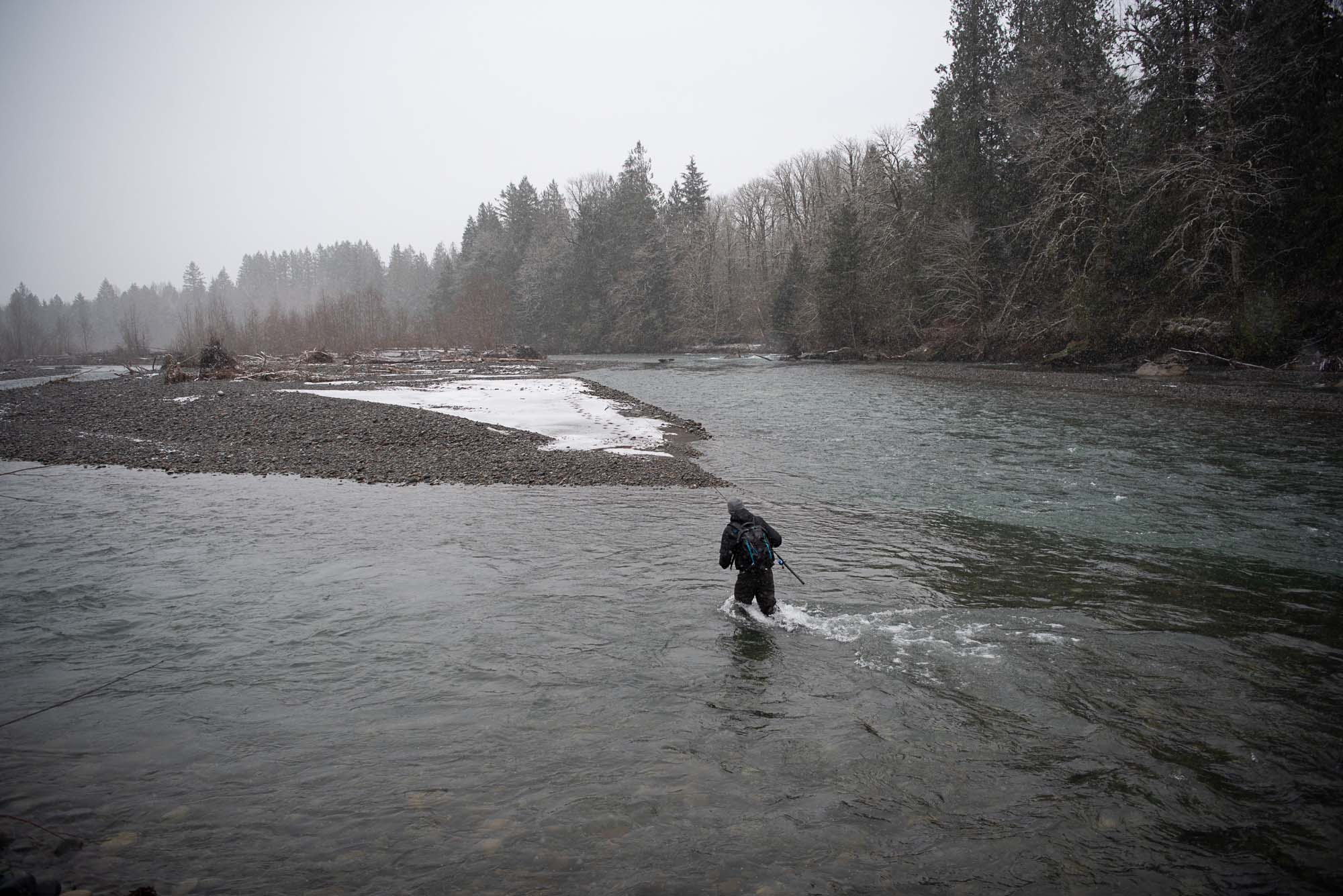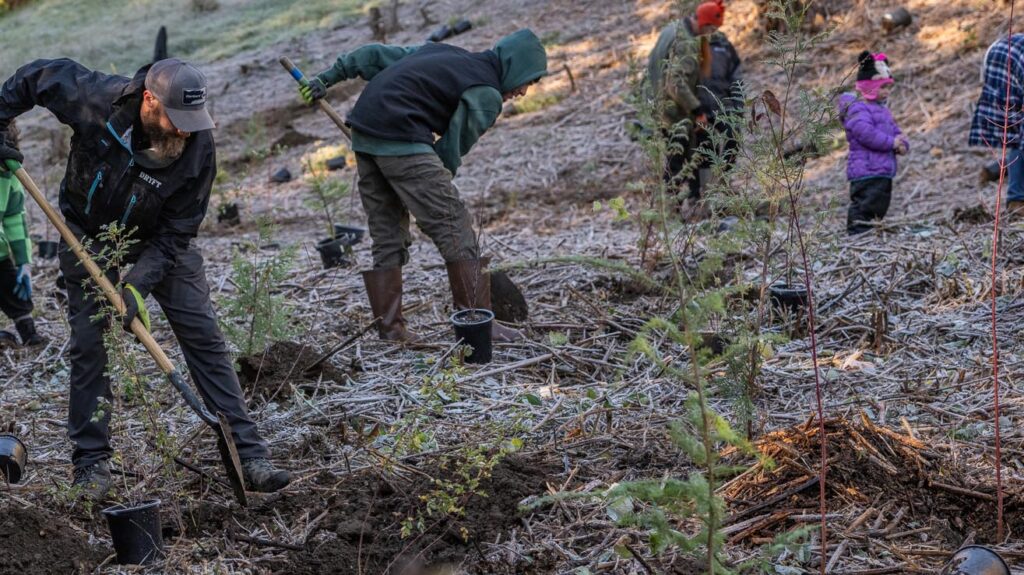Tag: fly fishing
Neoprene Gravel Guards – Why are they tight fitting?
We get asked about the tightness of the neoprene gravel guards on the Primo Zip GD and S14 waders. We designed them to be tight fitting for one main reason – to keep sand and gravel out of your boot. Loose fitting gravel guards can allow sand, silt, and gravel to get up inside the boot, and can get pushed up by heavy current unless securely hooked in place. More about the lace hook below.
But first, let’s talk about the function of gravel guards. In this video I had been wading through a side channel that was full of thick and deep silty sand and mud. With each step I was sinking into the mud, and even though I had been wading in fast current only moments before the gravel guard was still firmly in place where it needed to be to keep the inside of my boots clean and clear of sand, mud and gravel.
Check out this short video for a detailed view of how I use the gravel guards
Tuck it up inside
The functional purpose of a tight gravel guard is that it makes the lace hook somewhat redundant, and in some cases the lace hook may not even need to be used. Fit is going to be different for everyone, depending on wader size and boot size, so this may not apply to everyone. Also, some boots have a lace hook attachment near where the gravel guard sits naturally, and some boots do not. For me, the gravel guards fit tightly enough over the boot that I don’t need to use the lace hook at all. I just tuck it up inside the gravel guard itself. The guard doesn’t move on me, even when wading in the heaviest currents.
Avoid damaging your boots and waders
I like tucking the lace hook up inside the gravel guard (and not attaching it to the boot) because stretching the gravel guard way down towards the toe on a boot, where the hook is located on some boots, can pull and put stress on multiple parts of the wader and on the boot and boot laces. My waders and boots they last longer for me because I don’t do this.
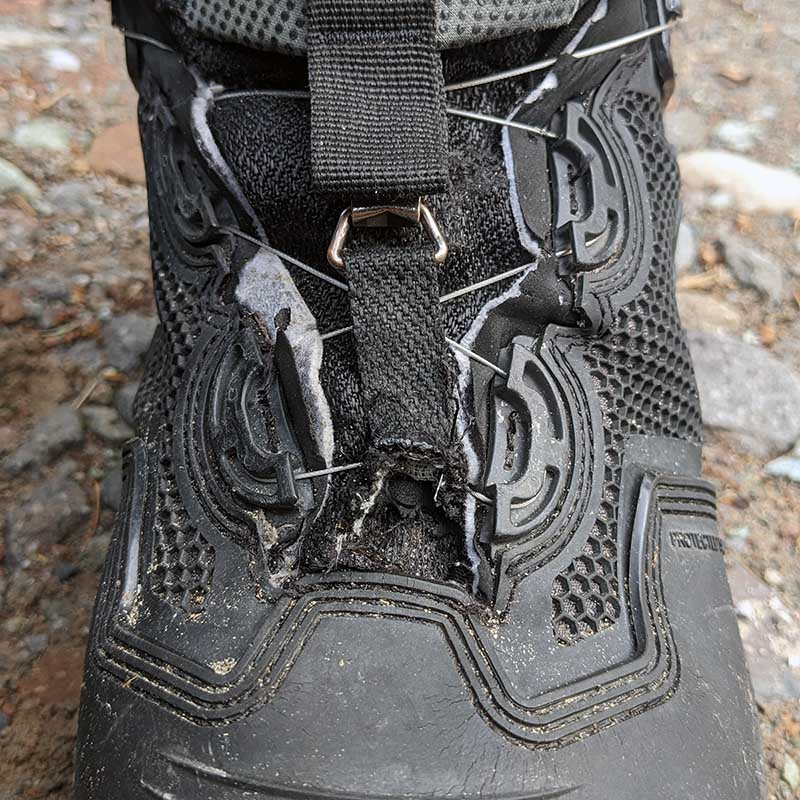
Something to keep in mind is that straight out of the box the neoprene gravel guards may seem tight, but they will loosen up a bit over time and become easier to pull down over your boot. They are designed to keep sand and gravel out of your boots, and will do their job well with or without the lace hook.
Happy fishing!
-Nick
Wading Belt Safety Tips
For wading safety, we highly recommend wearing a wading belt anytime you are in or around water in fishing waders. Why? Because it may help save your life if you end up falling in the water and swimming. A tight wading belt will help trap air in the lower part of the waders, and help keep them from filling up with water. Water is heavy, and waders that are full of water are extremely heavy and cumbersome. Even the strongest person will struggle to pull themselves out of the water with waders full of water. We hope you find this tip helpful. Happy and safe fishing everyone!
-
Product on saleCLOSEOUT
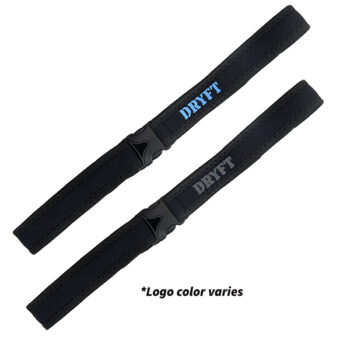 Wading Belt │ Semi-stretch NeopreneOriginal price was: $14.99.$9.00Current price is: $9.00.
Wading Belt │ Semi-stretch NeopreneOriginal price was: $14.99.$9.00Current price is: $9.00. -
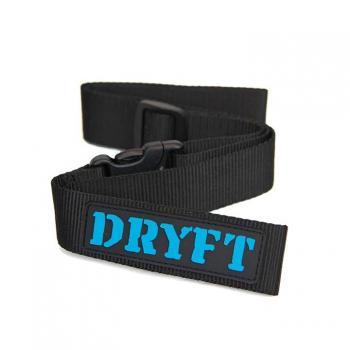 Wading Belt │ Black$14.99
Wading Belt │ Black$14.99 -
 Wading Belt │ Grey$14.99
Wading Belt │ Grey$14.99
Sacred Spaces
Words by Bridget Moran
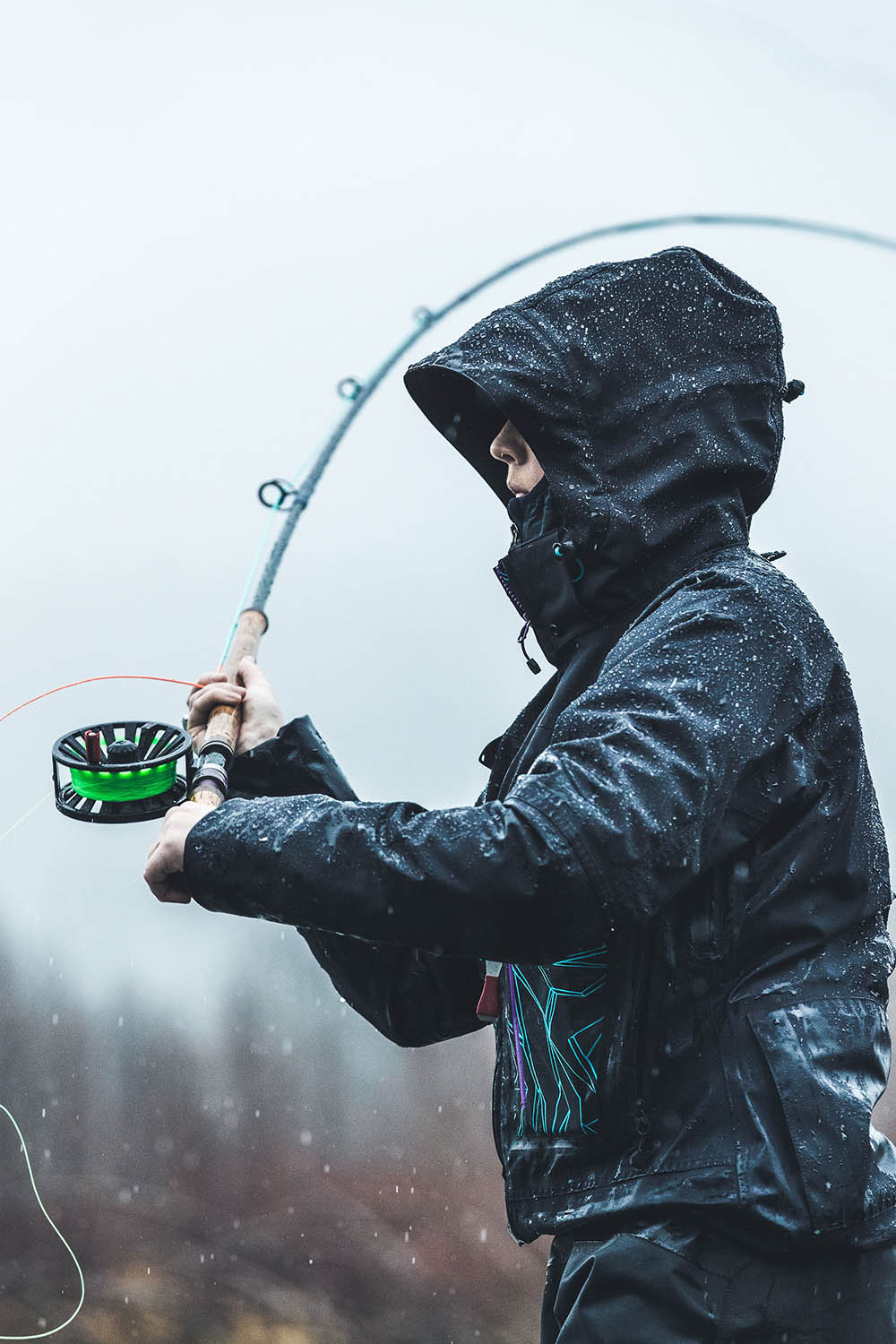
“Women in fishing deserve their sacred spaces”
Women are held in different regards when it comes to fishing. In some places, I’m condescendingly questioned and tested, as if I couldn’t possibly know what I’m doing. I walk into a fly shop with my boyfriend, Colin, and ‘Chad’ behind the counter pushes past me to cater to Colin (poor guy couldn’t care less about fishing). In other places, a singular woman gets invited as a last minute addition to a trip (or a film…) so that organizers can check the “diversity box.”
Neither of these approaches sit well with me.
Women in fishing deserve their sacred spaces—environments where they can shamelessly flaunt their identities, insecurities, dance moves, beer belches, and record-setting catches; places where they don’t have to compete (if they don’t want to); and most importantly, spaces where they don’t, for a second, question their own safety. As it stands, the male-dominated culture of fishing can’t always be that place for women.
I also want female anglers to be the norm. We’re not something to be shown off, nor are we to be tossed in for the sake of ‘diversity.’ Not all of us want to be separated from the general population of anglers. Sometimes I just want to go on that salmon trip with the guys I trust and not have to do an interview about how this trip is different for me because I’m a woman.
These two things—having sacred spaces and seamless inclusivity—aren’t mutually exclusive. We can have both, and until the dominant culture can ensure our safety, we’ll need those sacred spaces. But I also believe that we can celebrate women’s inherent uniqueness as anglers without holding them at an arm’s length from the broader conversation. The fishing community is figuring this out, slowly but surely and certainly thanks to thousands of women willing to push the envelope every day.
So, what can our well-intentioned gentlemen do to help move the needle for women anglers? Foremost, dedicate yourself to continued learning and don’t get wrapped around the axle if/when you make a mistake. Ask women you’re close to (not random ones on the street or at the coffee shop. They’re busy. Please do not bother them—especially the ones with headphones on) what it is they want or need to make them feel empowered on the water, and then do those things. Think critically about what you and your buddies do or do not do that would make someone feel unsafe or unwelcome. Key into things that make women uncomfortable and call those things out. Women have to do a lot of heavy lifting in terms of general survival, so any effort men can make in terms of checking unsafe rhetoric/behavior would be much appreciated.
What’s cool is that there will probably be women who disagree with me. Women aren’t monolithic. Our needs and preferences differ. Honor that. While the approach may vary, the goal is always the same: help us feel safe, welcome, and rad.
*Writer’s note: when I say ‘women,’ I mean trans women just as much as I mean women assigned so at birth. I mean Black women, Indigenous women, Asian women, Latina/e women, recognizing that race, sex, gender, age, socioeconomic status, and many more elements of people’s identities intersect in different ways to create different experiences.
-Bridget Moran

Bridget Moran
Bridget grew up squid fishing in the Puget Sound with her dad on cold, wet school nights. After nearly three decades in Western Washington, she remains an avid angler and coldwater conservationist. Bridget works for American Rivers, focusing on hydropower reform and federal river protection campaigns in the Puget Sound and Columbia River basins. She is also the president of North Sound Trout Unlimited and has published the occasional piece of writing in Dun Magazine, The Flyfish Journal, and Moldy Chum. When her head’s not buried in conservation projects, Bridget lets loose in rivers with rods and in the mountains on bikes and skis.
A note from DRYFT
On this International Women’s Day, let’s commit to working towards a world where everyone has equal opportunities to explore and enjoy the great outdoors. Let’s continue to challenge ourselves and others to break down barriers and create more inclusive outdoor spaces. Together, we can make a difference and create an inclusive future for all.
Outdoor activities such as fishing and hunting have historically been dominated by men, making it difficult for women and other underrepresented groups to feel welcome or have access to the resources they need to participate.
As a company that makes women’s specific fishing gear, we’re continually taking feedback and making improvements, and continuing to learn and grow towards the goal of making the outdoors a truly open and inclusive space for all to enjoy. The work is ongoing, but together we can make progress. Thank you for being here and showing up to help by supporting all women in the industry, in the workplace, out on the water, and everyday.
Thank you.
-Nick, Sam and the DRYFT Team.
-
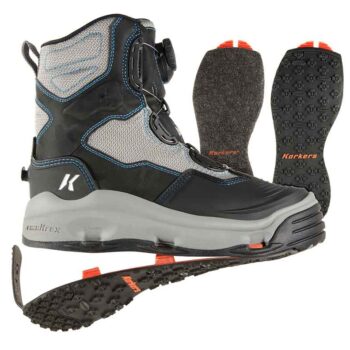 Korkers Women’s Darkhorse™$209.99
Korkers Women’s Darkhorse™$209.99 -
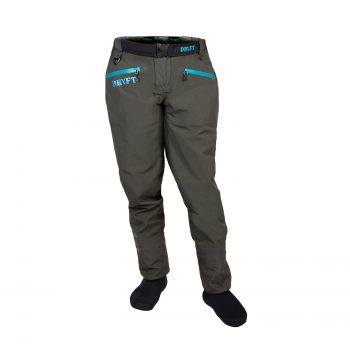 Session Wading Pants – Women’s$299.00
Session Wading Pants – Women’s$299.00 -
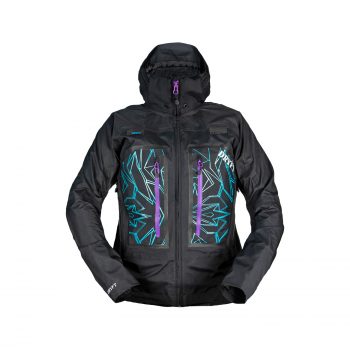 Primo Rain Jacket – Women’s$349.00
Primo Rain Jacket – Women’s$349.00 -
Product on saleSALE
 S14 Wader – Women’sOriginal price was: $399.00.$329.00Current price is: $329.00.
S14 Wader – Women’sOriginal price was: $399.00.$329.00Current price is: $329.00.
“I did a ton of research before choosing these waders. I’m 5’5”, plus size, and the search for inclusive sizing was daunting. I’m sick of sportswear companies that think only straight-size people enjoy the outdoors. So glad I came across Dryft! … Feels good to support a business that cares about the environment, nails customer service, and is in touch with real outdoor adventurers and their needs! 10/10 would recommend!”
-Heather
Verified Purchaser 1/25/23
Korkers™ Wading Boots are now available
It’s official.
We’ve been using and recommending Korkers wading boots for years, and now have Korkers wading boots available to purchase direct from us.
-
 Korkers Women’s Darkhorse™$209.99
Korkers Women’s Darkhorse™$209.99 -
 Korkers Devil’s Canyon™$209.99
Korkers Devil’s Canyon™$209.99
Why choose Korkers™ Wading Boots?
Korkers™ boots are far and away our all time favorite boots (we REALLY like the River Ops™ and Devil’s Canyon™ model), and we can’t recommend them more highly than by offering them for sale alongside our own brand of DRYFT™ waders.
They’re lightweight, durable, functional, fit our waders well and all come with interchangeable soles. Being able to swap between rubber, felt, studs, and more to match the conditions and allowable materials (felt is banned in some areas) is clutch.
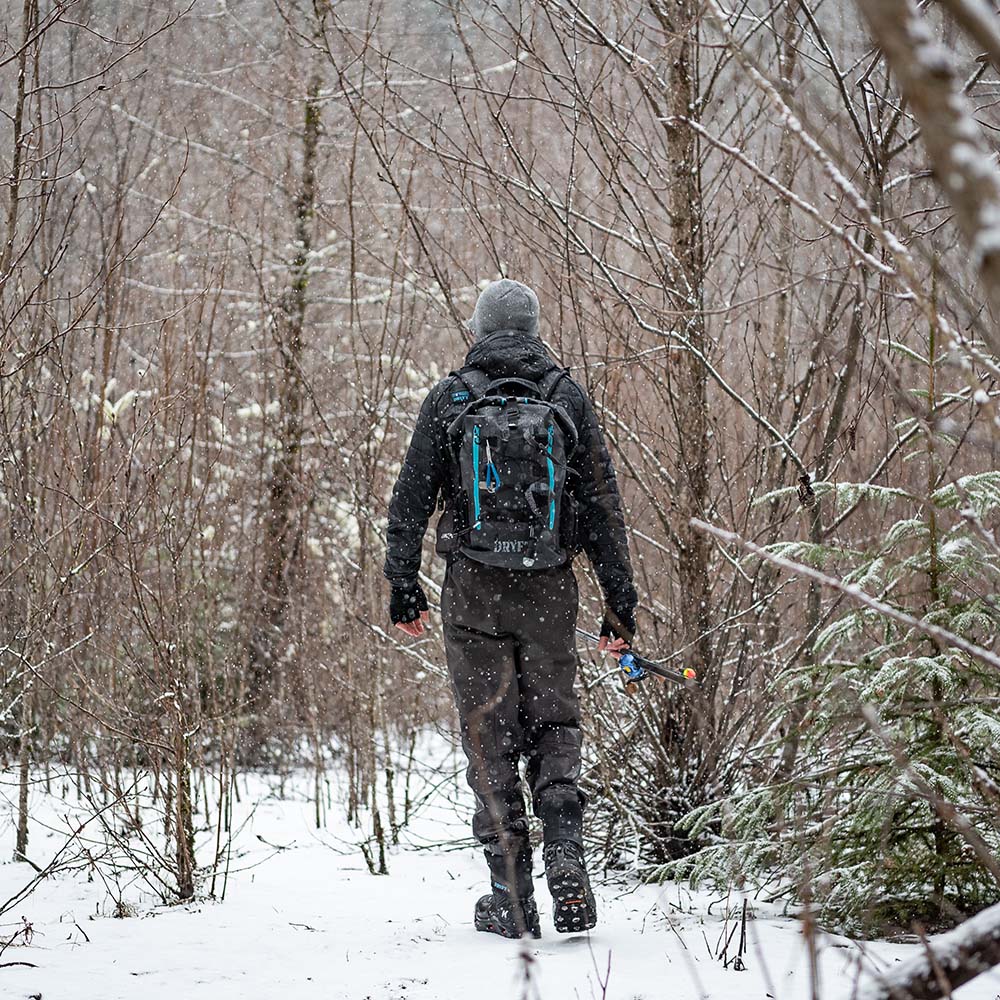
When you’re in need of new boots, we highly recommend checking out the Korkers River Ops, Devil’s Canyon and Women’s Darkhorse.
-
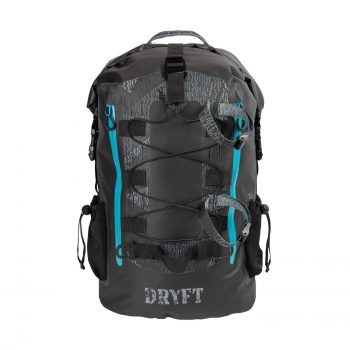 BKCNTRY Waterproof Backpack$199.00
BKCNTRY Waterproof Backpack$199.00 -
Product on saleBundle & Save
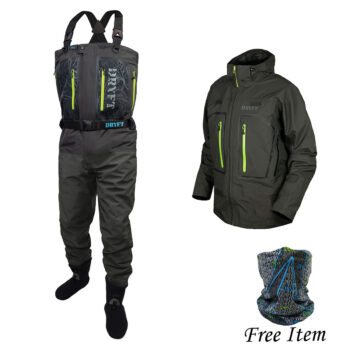 Primo Zip GD Wader & Primo Rain Jacket BundleFrom: Original price was: $997.99.$929.10Current price is: $929.10.
Primo Zip GD Wader & Primo Rain Jacket BundleFrom: Original price was: $997.99.$929.10Current price is: $929.10. -
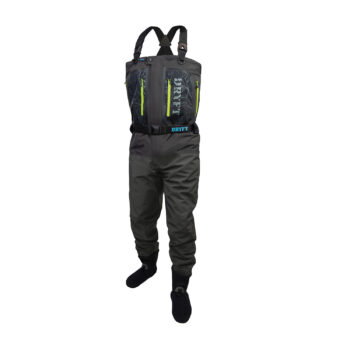 Primo Zip GD Wader$599.00
Primo Zip GD Wader$599.00
Getting toasted.
Steelhead fishing is our jam, and we’re the bread that gets toasted. #steelhead #DRYFTculture #wadeandexplore #DRYFT #madefortheriver #madetowade
Winter steelhead stoke
Cold and clear winter conditions
Along comes a steelhead
Planting Trees along the river
Our main conservation partner, One Tree Planted, helps us plant trees where they are most needed along salmon bearing streams in the Pacific Northwest. All year long we plant one tree for every wader sold, and are doubling that this year during our Annual Fall Sale. Trees provide the fish in the river with the shade, cool water, and structure they need to survive. We hope you’ll join us in donating to conservation this year.
